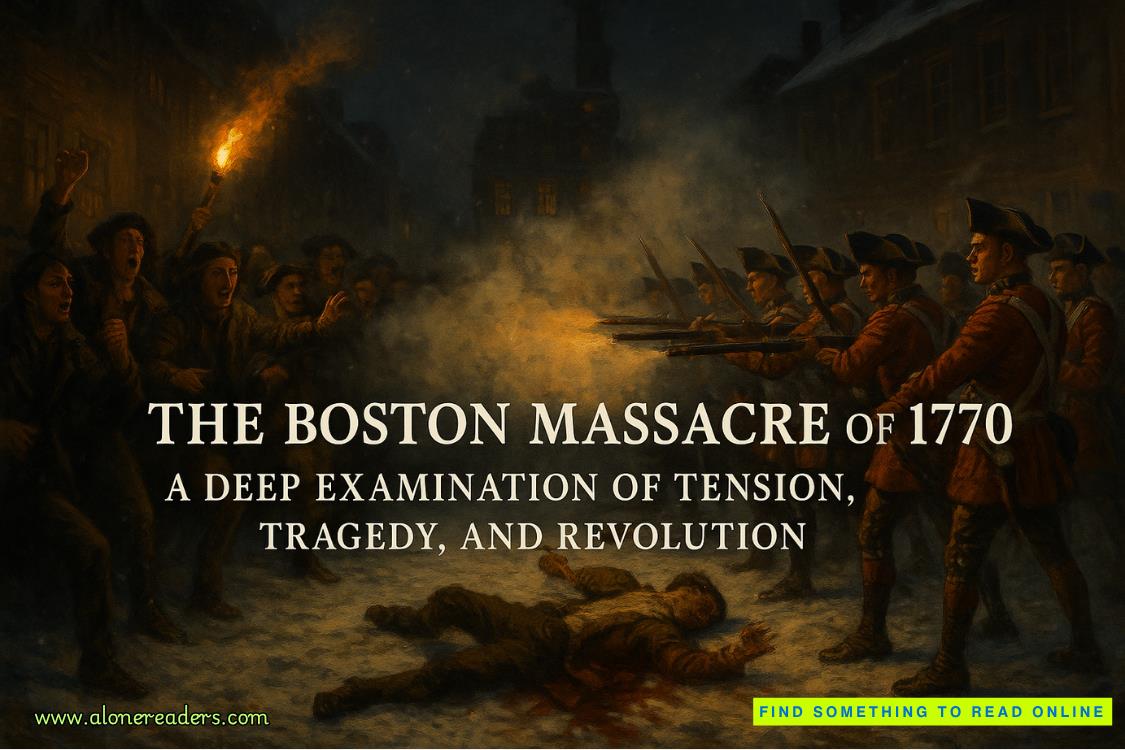Page 80 of Knot Their Fated M.U.S.E
The panel slides closed with the same mechanical precision that marked its opening, the sound of retreating footsteps confirming human delivery rather than automated distribution.
The institutional employee moves with evident haste; rapid cadence suggesting a desire to maximize distance frompotentially volatile subjects rather than simple efficiency or time management.
Their fear registers as amusing rather than concerning—evidence that whatever reputation we maintain within the institutional hierarchy continues generating appropriate caution despite current containment parameters and surveillance systems.
A smirk forms as I rise with fluid grace, turning back toward Riot with arms full of institutional provisions and something approaching genuine amusement lighting my features despite our circumstances.
"Aww. Now they want us to be all squeaky clean and hygienic," I observe, voice carrying mock sweetness beneath characteristic precision. "I wonder what they're planning?"
The observation earns what might almost be a smile—not the full expression institutional existence likely eliminated through systematic conditioning, but something approaching genuine amusement beneath tactical assessment and cautious engagement.
The reaction warms something in my chest despite rational recognition of contextual limitations and emotional constraints that operational reality creates within enhanced subjects.
"They've been planning since before you arrived," he responds, voice carrying unexpected roughness beneath measured control. "This is just another scene in Press's theatrical production."
His assessment aligns perfectly with my own developing theory regarding institutional motivation and operational parameters—the recognition that our reunion represents performance rather than simple research protocol, entertainment rather than scientific investigation.
The alignment flows not from shared information or tactical communication, but from parallel analysis despite separatedexperiences and divergent contexts—evidence of compatible methodological approaches and similar analytical frameworks despite years spent in different operational environments.
I place the items on the narrow metal table bolted to the floor near his sleeping area—the closest approximation to personal space institutional architecture permits within residence quarters.
The room offers minimal dimensions, though significantly larger than standard containment cells—approximately twelve feet square with a ceiling height providing just enough clearance for enhanced subjects without allowing vertical mobility that might compromise security parameters or surveillance capabilities.
The space contains basic provisions beyond the sleeping platform—a small bathroom area partially concealed behind a privacy screen, a narrow shelf containing what appears to be minimal personal items accumulated through behavioral reward systems, the metal table and single chair secured to flooring with industrial bolts designed to prevent repurposing as weapons or escape implements.
Most interesting is the digital display mounted on the wall opposite the bed—standard institutional timer currently showing "22:17:43" in red numerals that decrease with methodical precision as I observe them.
The countdown likely represents the allocated period for whatever "privacy" Press has orchestrated within current staging parameters—a temporary sanctuary before next phase implementation or scenario advancement within the broader production structure.
My attention returns to the provided materials, fingers separating fabric with methodical assessment rather than simple curiosity or emotional response to the unexpected provision.
The clothing represents a significant departure from standard institutional uniforms—casual pants in dark neutral tones, basic shirts without insignia or designation markers, undergarments of surprisingly good quality given contextual limitations and resource restrictions.
The canvas bag reveals additional surprises upon examination—basic hygiene supplies including soap without the characteristic chemical smell of institutional products, shampoo containing actual moisturizing compounds rather than stripping agents typically employed in communal facilities, even a small container of what appears to be genuine skin lotion rather than medicated cream designed for post-combat application or injury treatment.
These items represent luxury within an institutional context—evidence of specialized resource allocation beyond standard containment parameters or research requirements.
The provision carries implications beyond simple creature comforts or basic necessities, suggesting ceremonial preparation or cultural significance within whatever scenario Press continues orchestrating with such theatrical precision.
I wonder when Riot last experienced such relative luxury—when institutional existence permitted clothing beyond combat gear or containment uniforms, when personal hygiene involved actual choice rather than standardized application of collective resources.
The thought carries unexpected sadness beneath tactical assessment—recognition of systematic deprivation operating alongside physical torture and psychological conditioning throughout his extended captivity.
When I turn back toward him, his eyes remain fixed on me with predatory intensity that carries none of the hesitation or uncertainty our previous interaction might suggest, appropriate given contextual limitations and emotional constraints.
His gaze holds the same focused assessment I remember from six years ago—calculating beneath apparent simplicity, strategic beneath physical presence, the Alpha who fought through nineteen others then touched my face with impossible gentleness despite designation dynamics and institutional expectation.
The observation might feel uncomfortable to someone with standard socialization or conventional understanding of interpersonal dynamics—the unblinking attention, the focused assessment, the predatory stillness that institutional conditioning typically eliminates through systematic application.
Yet something in me recognizes the behavior as fundamentally reassuring rather than concerning—evidence of genuine connection being reestablished through careful evaluation rather than automatic acceptance or conditional response.
He's determining if I'm real, if this represents an authentic reunion rather than institutional deception or psychological manipulation. The thoroughness serves tactical advantage beyond emotional reassurance—comprehensive verification ensuring strategic alignment and operational coordination before commitment to whatever comes next within Press's elaborate production.
"They've upgraded your accommodations since I was last here," I observe, deliberately casual despite the intensity of his continued assessment. "Even gave you your own bathroom. Must be doing something right in the fighting pits, having this access when you need it."
His head tilts slightly—the movement containing curiosity beneath tactical assessment, interest despite contextual limitations and emotional constraints that institutional existence creates within enhanced subjects.
"How long were you here before?" he asks, the question carrying genuine curiosity beneath careful neutrality. "The real you, not your sister."















